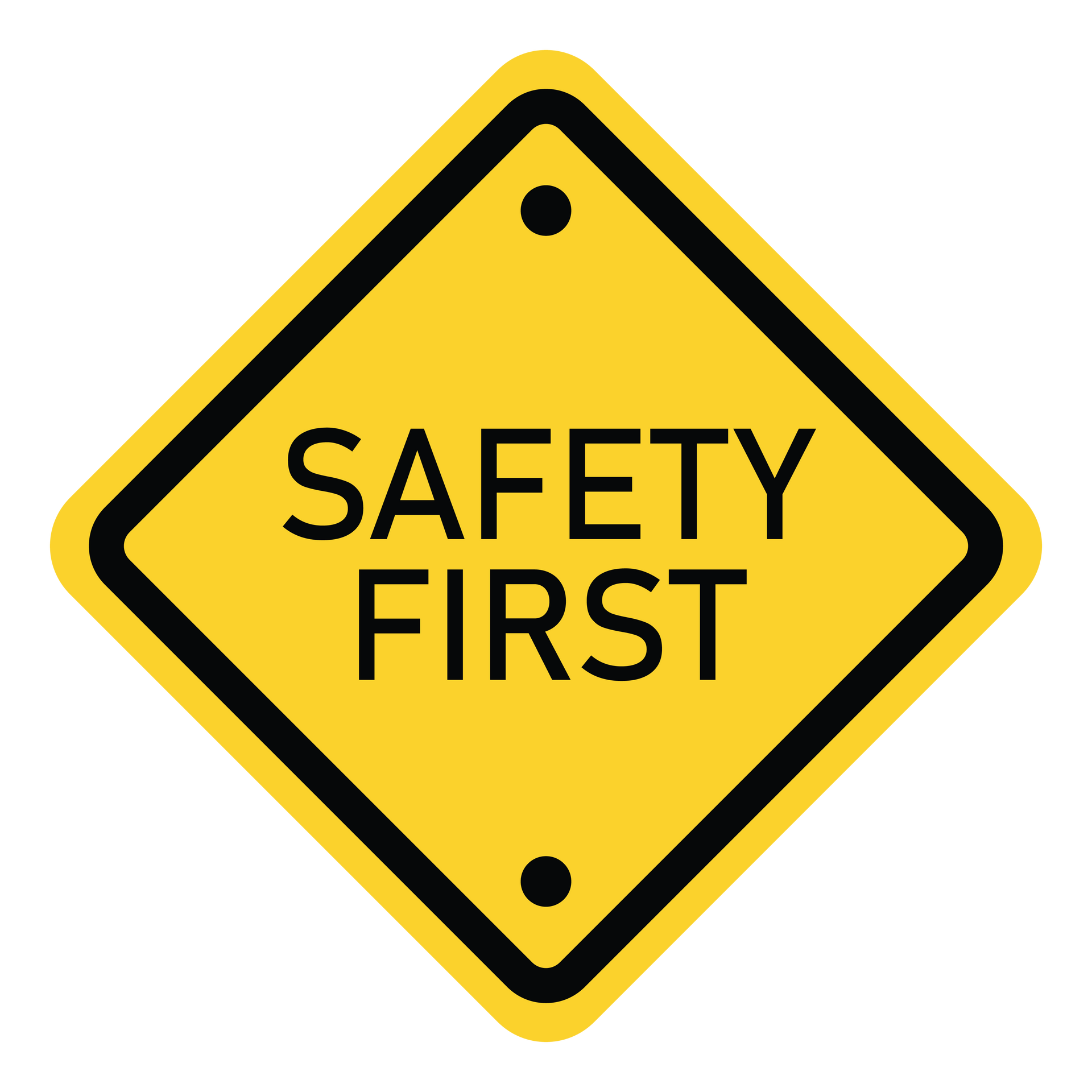By Brian Dickson
•
May 20, 2025
Prioritizing Pedestrian Safety: It’s Not Just a Roadway Issue When we talk about pedestrian safety in the transportation industry, we often think about crosswalks, city streets, and traffic signals. But the risk of pedestrian injury or fatality doesn’t end once a passenger steps off the bus—it continues within our own facilities. A recent white paper from Metro Magazine sheds light on the rise in pedestrian fatalities and offers insights into contributing factors and strategies for improvement. While much of the conversation focuses on public roads, the lessons are equally relevant for transportation facilities, where pedestrian and vehicle traffic frequently intersect. Read the full article from Metro Magazine Facility Risk is Real Within maintenance yards, terminals, and parking areas, pedestrian safety is often overlooked. These environments are dynamic, high-traffic zones where employees, drivers, mechanics, and support staff are constantly moving—often around large vehicles with limited visibility. A single distraction or lack of awareness can result in serious injury. Key Strategies for Safer Facilities Here are a few practical ways ground transportation operators can enhance pedestrian safety in their facilities: 1. Enforce Cell Phone Policies Distraction is one of the most preventable causes of accidents. Walking with phones in hand or heads down puts pedestrians at risk. A “heads up, phones down” policy—reinforced through training and signage—can make a big difference. 2. Clearly Define Pedestrian Walkways All facilities should have marked pedestrian walkways, with defined crossing points at any location where foot traffic intersects with vehicle lanes. Visibility, signage, and paint are your friends here. 3. Require High-Visibility Gear Anyone in proximity to moving vehicles should wear high-vis safety vests. This includes drivers assisting with roadside breakdowns and mechanics responding to service calls—especially if their standard uniform doesn’t offer reflective visibility. 4. Promote a Defensive Walking Mindset Just like defensive driving, defensive walking is a key habit to instill. Pedestrians should never assume drivers can see them—especially near buses or large vehicles with blind spots. Encourage eye contact with drivers before crossing and waiting when visibility is limited. Leading by Example Building a strong safety culture starts with leadership. Transportation companies that make safety a visible, consistent priority are the ones that reduce risk and foster accountability throughout their teams. At Bus Business Consultants , we help companies assess and improve their safety programs—both on the road and in the yard. Whether it’s policy development, frontline supervisor training, or process design, we partner with transportation leaders to create safer, more effective operations. Ready to improve your facility’s safety culture? Contact us today.









